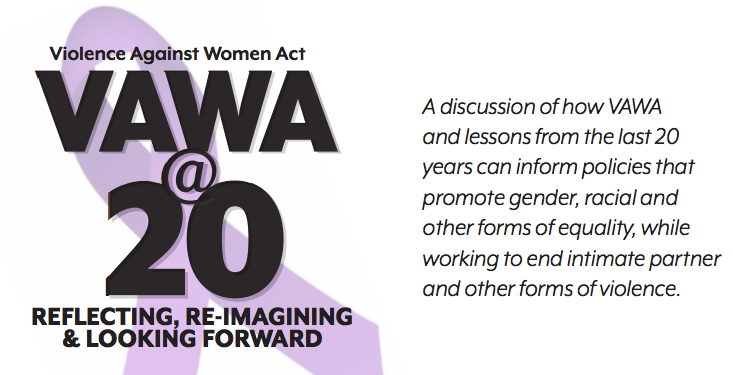Caitlin E. Borgmann[1]
Click here for a recommended citation and to download a paginated PDF version of this article.
Introduction
One might expect that a Supreme Court decision addressing the constitutionality of a citizen initiative that bars marriage between same-sex couples would yield a predictable political division among both the Justices and Court commentators. Liberal Justices and commentators, one might conjecture, would want the Court to recognize a fundamental constitutional right to marriage equality, while conservative Justices and commentators would prefer the issue be left to the political process. The Supreme Court’s recent decision in Hollingsworth v. Perry reflected no such tidy outcome, however. The majority opinion addressing California’s Proposition 8 (“Prop 8”), which amended the state’s constitution to exclude same-sex couples from legally recognized marriage, sidestepped the substantive issue through a procedural maneuver. Rather than reach the merits, the Court held that the official proponents of Prop 8, who had defended its constitutionality both in the district court and on appeal, lacked standing to appeal the district court’s opinion invalidating the initiative. The Court’s decision left marriage equality as the rule in California (although not elsewhere). Liberal Justices Breyer, Ginsburg, and Kagan joined Chief Justice Roberts’s majority opinion, as did Justice Scalia, while conservative Justices Thomas and Alito, and liberal Justice Sotomayor, joined Justice Kennedy’s vigorous dissent. Some liberal commentators who favor marriage equality applauded the Court’s decision.[2]
It is of course not possible to know exactly what motivated each of the Justices in Hollingsworth. But standing is a doctrine that the Court has notoriously manipulated to reach desired results on the merits.[3] Commentators have widely speculated that the liberal Justices who sided with the majority preferred not to reach the merits either because they believed there were insufficient votes to find Prop 8 unconstitutional,[4] or because they believed such a decision might be politically premature and therefore counterproductive, as it might prompt a backlash.[5] Some proponents of marriage equality were quietly relieved by the Court’s refusal to address the merits, since it allowed the district court’s invalidation of Prop 8 to stand without risking an adverse Supreme Court decision that would be binding on all states.[6]
Continue reading →

